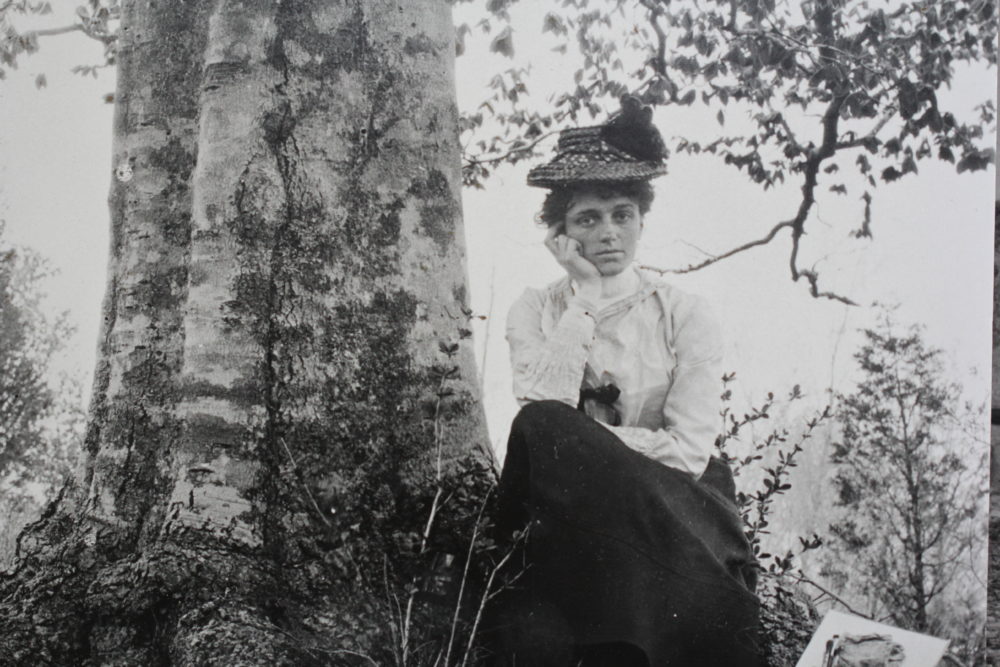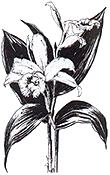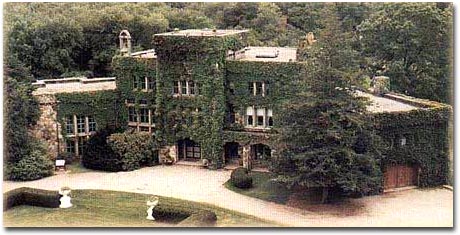A contemporary of other feminists and suffragettes, such as Margaret Sanger and Aletta Jacobs, they were also advocates and forerunners of sex education and family planning. The latter was a medical doctor who promoted women's reproductive and sexual rights and established the first family planning centre in the Netherlands. Aletta Jacobs, together with the biologist Mia Boissevain and Rosa Manus, were the organisers of the First International Women's Congress held in The Hague from 28-30 April 1915, nine months after the outbreak of World War I, which is considered the starting point of the world's oldest women's organisation, the Women's International League for Peace and Freedom (WILPF).
Blanche Ames worked at the New England Hospital for Women and Children, which was run entirely by women.

Blanche Ames Ames
Lowell, Massachusetts, 18-02-1878 — North Easton Massachusetts, 27-03-1969
Period of activity: 1900 — 1964
Geographical classification: America > United States
Socio-cultural movements
Groups by dedication
Activists > Suffragettes / Suffragists
Technologists > Object designers
Technologists > Inventors
Scientists > Natural philosophers / Naturalists
Plastic, visual and performing artists > Graphic artists
Writers > Journalists / Chroniclers > Literary, music, etc. critics
Activists > Feminists (activists)
Context of feminine creation
Review
Blance Ames' name is familiar to many because of her multiple achievements as an artist, botanic researcher and activist. Her truly pioneer spirit and her action-oriented attitude made her create a series of inventions, which improved her reputation in the early 20th century as a sort of "Renaissance woman".
Activities
Justifications
Biography
Born in Lowell, Massachusetts, to a renowned family, Blanche Ames was one of six children. Her father, a former general in the Civil War, American senator and Mississippi governor, and her mother were active participants in the education of their children. Blanche enjoyed sports during her childhood, as she learned how to play golf, tennis, football and how to sail.
At Smith College, Ames was her class' president and she received certificates there and in the School of Arts, where she obtained an A.B. in 1899. A year later, she married Oakes Ames (not related), a teacher of botanics at Harvard. Her marriage was a successful partnership in which they helped build homes and families and developed art, science, technology and politics.

They had four children between 1900 and 1910. In 1910, they designed and built an impressive stone mansion in North Easton, Massachusetts. Their home, named Borderland, was surrounded by 1500 acres of land that the family farmed. The Ames lived in Borderland for the rest of their lives. They were unitarians, they belonged to the Unity Church in North Easton, which was in a building designed by John Ames Mitchell. Today, Borderland is a national park.
Blanche established an art studio on the third floor in Borderland for her many artistic projects: from oil paintings of relevant men and women to orchid illustration for the academic works of her husband, to political caricatures.
As an artist, Ames is famous for her orchid drawings, that she made over a period of 50 years to illustrate the innovative academic work of her husband in orchidology. There was little information about Orchidicae, one of the biggest families of plants, before Oakes Ames studied and classified them in depth. With the intention of better identifying and studying orchids, Blanche travelled with her husband to Florida, the Caribbean, the Philippines, Central and South America. Thanks to their erudition and to thousands of meticulous and thorough drawings, Orchidicae is now the most researched and best classified of all the big families of plants. Ames' cumulative work was published in seven volumes, Orchidaceae: Illustrations and Studies of the Family Orchidaceae. The couple also developed together the Ames Charts, using watercolour to illustrate the phylogenetic relationships of the main plants used by humans. The charts are still used today.
Blanche Ames, a republican, was a deeply political person and an open feminist who fought for women's right to vote and to birth control. In 1916, she co-founded the Birth Control League of Massachusetts, as part of the national group lead by Margaret Sanger. She openly criticised the ban to birth control by the Catholic Church. In her 1931 article, "A Grave and Present Danger", published in Birth Control Review (Volume XV, Number 4 (April 1931) she wrote: "The long arm of the Catholic Church is reaching our legislative halls and making our legislators act on its behalf [...] We have all been concerned by the fear that this, the catholic threat to our free institutions, would be achieved if Catholics were given positions of power in our government, but never before, in so little time, had events developed in such an irrefutable sequence as in this case of opposition to the birth control bill".
When the prohibition of spreading information on birth control was upheld, Ames reacted by advising women to take the matter into their own hands. She encouraged women to teach contraceptive methods to their daughters. In order to help them, she created spermicide jellies and gave instructions to create a diaphragm using household objects such as a baby's teething ring.
However, Ames' participation in the Birth Control League in Massachusetts came to an end when she quit feeling outraged by a fundraiser for the league. In the announcement for the fundraiser, the league used the fact that 250,000 babies had been born that year to families receiving social aid to convince contributors to support birth control.
Blanche Ames Ames was known as an inventive caricaturist and pro-suffragist politician. Her husband supported her in all her political efforts.
In 1941, Ames became member of the corporation of the New England Hospital for Women and Children. NEH was a hospital for women and children managed entirely by women. Its main goal was to give medical attention to women by people of their same sex. In 1952, due to economic problems, the administrative council suggested hiring male staff. Ames fought vigorously for the hospital to maintain the same condition that it had upheld for almost 100 years. In 1952, as president of the board, Ames lead a massive project that collected enough funds to guarantee that the hospital's staff and administration would be entirely made of women.
Ames' imagination extended to inventions and engineering. She designed the dams and the ponds of the whole 1250 acres of Borderland. During Second World War, she invented and patented a method to entrap the helixes of enemy planes by using rope held by hot-air balloons.
Ames stands out not only because of her multiple interests and activities, but because her longevity. At the age of 80, she wrote her father's biography, general Adelbert Ames, entitled Adelbert Ames: Broken Oaths and Reconstruction in Mississippi, 1853-1933. The biography was motivated by her anger after a suggestion in Profiles in Courage, by John F. Kennedy, that her father was a politician in Mississippi. At the age of 90, Blanche received the patent for her invention, the "anticontamination toilet".
Blanche's daughter, Pauline Ames, explained her mother's productivity by saying: "To her, having an idea meant acting on it". Blanche Ames lived nineteen years after the death of her husband. She passed away from a stroke in her home, Borderland, at the age of 92.
https://www.harvardsquarelibrary.org/biographies/blanche-ames-ames/

Borderland Mansion, c. 1998, Home to Blanche and Oakes Ames, North Easton, MA, National Historical District. Picture by John J. Ventresco.
- By Heather Miller
Works
Part of her work is included in works by her husband, Oakes Ames, specifically in the seven volumes of Orchidaceae: Illustrations and Studies of the Family Orchidaceae. Signed by Blanche, we can find:
Ames, Blanche, The Suffrage Cartoons of Blanche Ames (1915) : several caricatures originally published in Woman’s Journal and Suffrage News, Boston Transcript, Boston American Suffrage Supplement and the Washington Post, retrieved on 25/01/22 https://lwv-needham.org/suffrage-cartoons-of-blanche-ames-2/
Ames, Blanche, “A Grave and Present Danger.” (1931) in Birth Control Review, Volume XV, Number 4, page 110
Ames, Blanche, Adelbert Ames, Broken Oaths and Reconstruction in Mississippi 1835-1933. (1964), Ed. Argosy, USA
Bibliography
Angell, Bobbi, A. Romero, Dr.Gustavo (1994) “Orchid illustrations at Harvard” The botanical Artsist, volum 17. ASBA
<https://www.asba-art.org/article/botanica-collected-orchid-illustrations-harvard>
DOCUMENTARY: Borderland: The Life & Times of Blanche Ames Ames
Didactic approach
Biology and geology in 1st of ESO.
Her caricatures can be studied in history and in art.